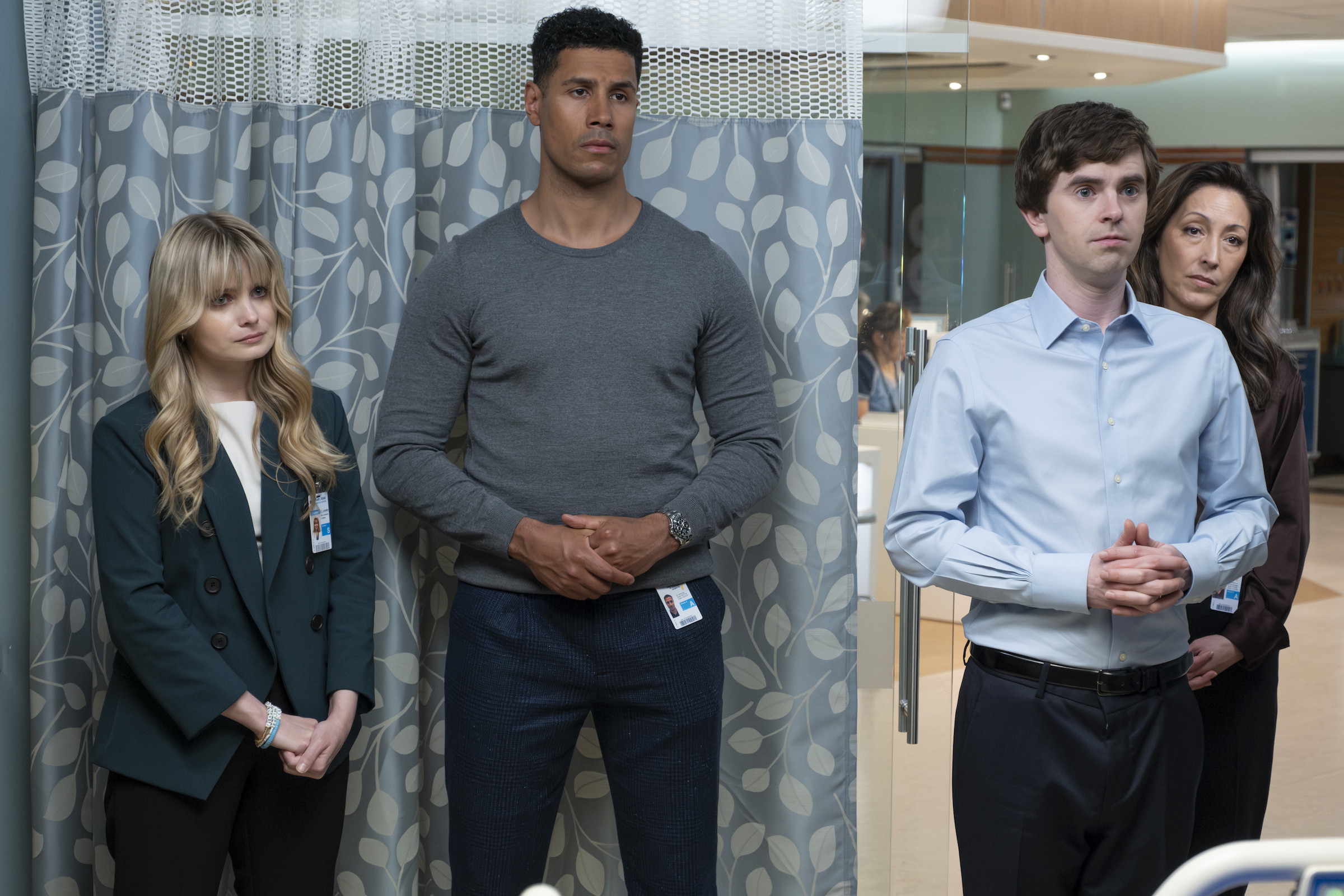As The Good Doctor concluded its seven-season run, the finale, much like the series itself, underscored a significant missed opportunity in television: the authentic representation of autism. While lauded by many for its portrayal of Dr. Shaun Murphy, an autistic surgeon, the show consistently fell short for the autistic community, often reinforcing stereotypes rather than offering genuine insight. The series finale, instead of rectifying these issues, served as a poignant reminder of the gap between popular perception and lived autistic experience.
For years, The Good Doctor has been a subject of discussion within the autistic community. While some appreciated the visibility it brought to autism, many, including myself, found the portrayal of Shaun Murphy to be a collection of non-autistic ideas about autism, rather than a reflection of autistic reality. The lack of openly autistic writers, actors (prior to the final season), and consultants in key creative roles meant that Shaun’s character often felt like a caricature, designed to elicit empathy and admiration from a neurotypical audience, rather than resonate with autistic individuals.
This disconnect was further highlighted by well-meaning viewers who proclaimed the show’s educational value and its ability to foster empathy. While increased empathy is a positive outcome, it becomes problematic when it’s based on a skewed and inauthentic representation. Autistic individuals are often held to the unrealistic standards set by fictional characters like Dr. Murphy, facing pressure to conform to a palatable, often infantilized, image of autism. This can be alienating and undermine the real struggles and strengths of autistic people in everyday life.
 KAYLA CROMER, CHUKU MODU, FREDDIE HIGHMORE, CHRISTINA CHANG
KAYLA CROMER, CHUKU MODU, FREDDIE HIGHMORE, CHRISTINA CHANG
The introduction of Kayla Cromer, an autistic actress, as Charlie Lukaitis in the final season offered a glimmer of hope. The addition of a second autistic character had the potential to explore the diversity within the autism spectrum and move beyond the singular, often stereotypical, depiction of Shaun. However, this potential largely remained untapped. While there were moments of connection and understanding between Shaun and Charlie, the narrative often defaulted to familiar tropes and missed chances for deeper exploration of autistic experiences.
One particularly jarring example in the later season involved Charlie’s analogy comparing support for autistic children to gastric sleeve surgery – a bizarre and inappropriate comparison that revealed a fundamental misunderstanding of autistic needs and experiences. Similarly, storylines involving Shaun’s anxieties about his infant son being tested for autism seemed to cater more to non-autistic parental fears than to the nuanced perspectives of autistic parents themselves. The show missed an opportunity to explore the often complex and informed viewpoints of autistic individuals navigating parenthood and neurodiversity across generations.
The series finale, titled “Goodbye,” culminated in a TED Talk by Dr. Murphy, where he discussed living and working with autism. While intended to be an uplifting and celebratory moment, it landed as somewhat simplistic and performative. The audience’s reaction, described as akin to admiring a trained dog, unfortunately mirrored the show’s broader tendency to present Shaun, and by extension autism, as something to be observed and applauded for fitting into a neurotypical world, rather than truly understood and accepted on its own terms.
 WILL YUN LEE, WAVYY JONEZ, FIONA GUBELMANN, CHRISTINA CHANG, ELFINA LUK, CHUKU MODU, BRIA SAMONÉ HENDERSON, ANTONIA THOMAS, PAIGE SPARA
WILL YUN LEE, WAVYY JONEZ, FIONA GUBELMANN, CHRISTINA CHANG, ELFINA LUK, CHUKU MODU, BRIA SAMONÉ HENDERSON, ANTONIA THOMAS, PAIGE SPARA
The conclusion of The Good Doctor, along with Young Sheldon, marks a potential turning point. These shows, while popular, represent an era where autistic-coded characters were often used as vehicles for neurotypical narratives and interpretations. Looking ahead, there is cautious optimism for more authentic and nuanced portrayals of autism. Shows like Heartbreak High, A Kind of Spark, and Dinosaur offer promising examples of autistic-led and informed storytelling, providing glimpses into the diverse realities of autistic lives.
With autism prevalence rates rising, the autistic community represents a significant and often overlooked audience. Moreover, autistic individuals possess a wealth of untapped creative potential. Moving forward, the entertainment industry has an opportunity to move beyond stereotypical representations and embrace the rich diversity of autistic stories, perspectives, and talents. Perhaps the legacy of The Good Doctor will not be its own portrayal of autism, but rather the impetus it provides for the industry to finally listen to and collaborate with autistic creators, ensuring that future representation is truly authentic and meaningful.
